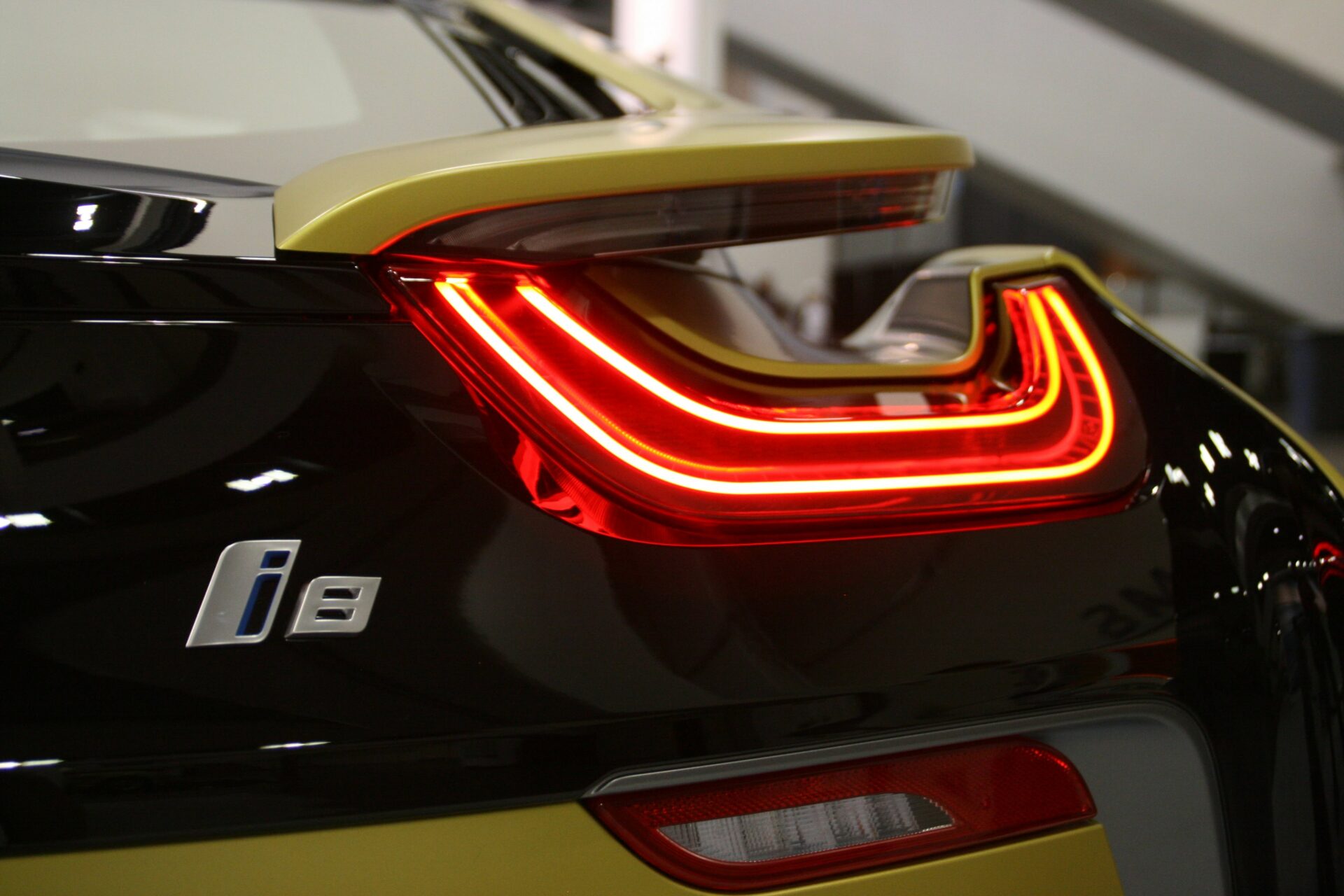In recent years, electric vehicles (EVs) and hybrid vehicles have grown increasingly popular. As a result, the dynamics of the automotive industry are changing rapidly. However, in places with harsh climates like North Dakota, understanding the advantages and challenges of EVs, hybrids, and traditional internal combustion engine (ICE) vehicles is critical.
Electric Vehicles
Electric vehicles have made significant strides over the past decade. Their key benefits include substantial fuel cost savings, lower maintenance costs, and zero tailpipe emissions, which help the environment. They are also quieter than traditional vehicles, making for a smoother ride. North Dakota offers electric vehicle incentives, like tax credits and exemptions, which can help reduce the cost of EV ownership.
However, the extreme cold temperatures that North Dakota experiences can pose challenges for EVs. EV battery performance can be significantly affected by cold weather, leading to decreased range. The availability of charging stations can also be a concern in rural areas of North Dakota. Efforts are underway to expand the EV charging network, but planning ahead for long trips is a good idea.
EV Repairs
Electric vehicles have far fewer moving parts than traditional internal combustion engine vehicles. They lack a conventional engine, and there’s no oil to change, no gaskets to replace, and no timing belt to worry about. This results in potentially lower routine maintenance costs.
However, the battery is the heart of an EV, and it is not without its challenges. The lifespan of an electric car battery can vary greatly depending on the make and model of the vehicle, how it’s driven, and the climate it’s driven in. As mentioned before, North Dakota’s harsh winters can put additional stress on EV batteries, potentially shortening their lifespan.
When the battery does eventually need replacing, it can be an expensive undertaking. While EV battery costs have been decreasing, it still represents a significant expense that drivers need to take into account.
Moreover, finding a mechanic trained to work on EVs can be a challenge, particularly in more rural areas of North Dakota. As the popularity of EVs continues to increase, more mechanics like Trusted Tire & Auto will receive the necessary training, but for now, the availability of specialized service could pose an issue with extensive travel.
Hybrid Vehicles
Hybrid vehicles offer a compelling blend of efficiency, reduced emissions, and greater range compared to pure electric vehicles. They automatically switch between an electric motor and a gasoline engine, optimizing efficiency and performance.
For North Dakota drivers, hybrids can be an excellent option. They provide the fuel efficiency benefits of an EV in the warmer months and rely on the ICE during colder periods when battery efficiency might decrease.
The main challenge for hybrid vehicles is that they can be more expensive upfront than their ICE counterparts. Moreover, while they do have better fuel efficiency than traditional vehicles, they still rely on gasoline, meaning they aren’t entirely emission-free.
Hybrid Vehicle Repairs
Hybrid cars, like EVs, can also have lower routine maintenance costs since they use their internal combustion engines less frequently. However, these vehicles combine two different systems – a traditional gasoline engine and an electric system – which can make repairs more complex when issues arise.
Vehicle battery replacement is also a concern for hybrid vehicles. While hybrid batteries are designed to last for the life of the vehicle, they can sometimes fail earlier, especially under extreme temperature conditions.
Additionally, not all mechanics are trained to work on hybrids, which means automotive repairs may need to be done at a specialized mechanic like Trusted Tire & Auto.
Internal Combustion Engine Vehicles
The traditional ICE vehicles are known for their robustness and range. They have a more extensive support infrastructure across North Dakota, from auto repair shops to gas stations, making them more convenient for long trips or remote areas.
ICE vehicles are also generally less sensitive to cold temperatures, ensuring consistent performance throughout North Dakota’s harsh winters.
However, ICE vehicles have higher fuel costs and emit more greenhouse gases. They also have more moving parts, potentially leading to higher automotive maintenance costs over the life of the vehicle.
In conclusion, while EVs and hybrids offer many benefits, their efficiency can be affected by North Dakota’s cold winters. Additionally, while EVs and hybrids can offer lower routine maintenance, they can also pose unique challenges that drivers need to consider. Challenges, such as the availability of trained mechanics and a charging network for EVs, will become less of an issue.
However, they can still be a solid option with the right planning. Traditional ICE vehicles are reliable and have an extensive support infrastructure but come with higher running costs and a larger environmental footprint. Each vehicle type has its benefits and challenges, and the best choice depends on your specific needs and priorities.


